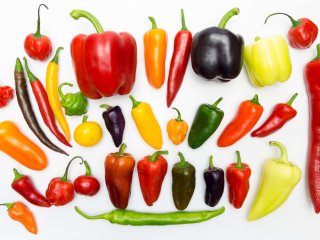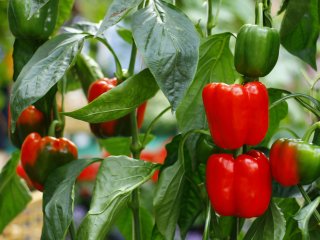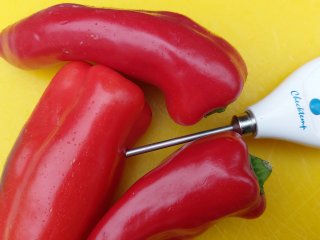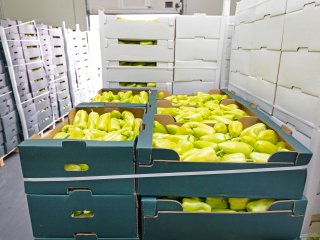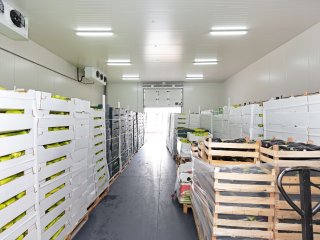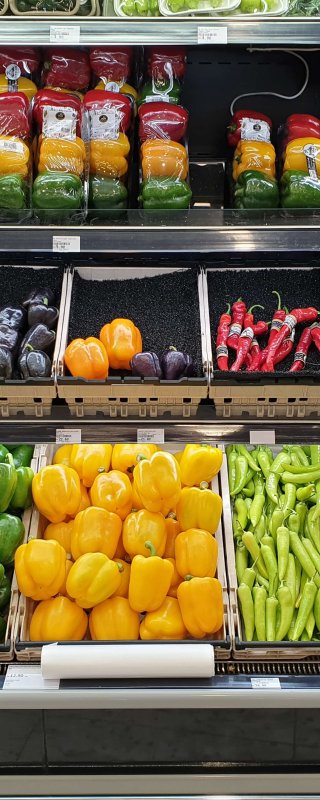
The pepper chain
Practices in each step of the fresh supply chain have a great influence on the postharvest quality and shelf-life of fruit and vegetables. This also holds for peppers. Harvest and cold chain must be well managed to reach the expected pepper quality by the consumer. By using appropriate harvest processes and chain conditions, quality can be maintained longer and shelf life can be extended. Failure to follow these processes may result in a high degree of loss or deterioration of the product to a lower quality class. Every step in the chain is important for success later in the chain.
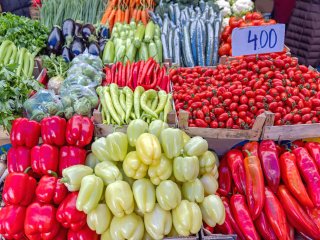
Aim for high quality at each step of the chain
Peppers are available all year round thanks to the production in different countries. Among the largest producing countries are China, India, Mexico, Indonesia, Turkey, and Spain but of these, mainly Mexico and Spain, and to a lesser extend also Turkey, are big exporters of the fruit. Green peppers are harvested when mature, but not ripe. Ideally, the packhouse is just a short distance from the harvest fields. This minimizes the risk on damage during transport and facilitates early cooling in the packhouse. Soon after arrival at the packhouse, processes such as washing, grading and packing start. After pre-cooling, a proper loading in refrigerated trucks or reefers is important to maintain the proper temperature conditions during transport. It is of the utmost importance to have a correct handling by all supply chain actors from the moment of harvest until purchase by the end customer.
